Sarah Kelly Oehler is the Curator at the Art Institute of Chicago, and she came down to Rollins to speak about Southside Lives: African American Art in Chicago 1920-1950.
Dr. Oehler is extremely passionate about African American art and the Harlem Renaissance. Many of the artists that she focuses on had different styles to their work, but they all focused on the technique of social realism—drawing attention to everyday living conditions through art. All of the artists expressed their concerns about their own personal situations through unique executions. For example, Charles White had a more direct style of painting to focus in on and appreciate the African-American culture of the time. Many of his paintings showed the socioeconomic struggle within his photographs and paintings. Oehler argued that White could be identified as a Chicago realist—a technique similar to social realism—constantly seeking progress, and searching for identity.
Sarah Oehler said that Chicago was one of the many places that travelers flocked to during the Great Migration, which is what makes it so interesting to study.
The different people who traveled here during World War I created a different kind of atmosphere because of the diversity shared among them.
One prominent artist during this time was Archibald Motley, who was committed to creating more figurative art. Motley was interesting because he understood that predominantly white people would view his art, and so he capitalized off that knowledge to express and expose his take on the world to oppressors.
For most of these artists, their main goal was to advocate for racial equality, the same way we do today. They wanted to show the exciting and fun side of the African-American culture instead of letting biases dictate expectations. Many of the artists would depict the idealized world of equal pleasures, appealing to both black and white arenas. Some of the younger leftists focused on exposing and exploiting poverty, daily life, and social conditions. These artists used their artistic abilities to create a political platform to engage all people.


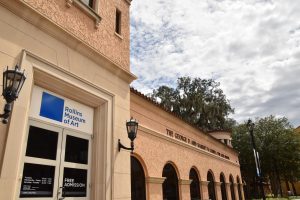
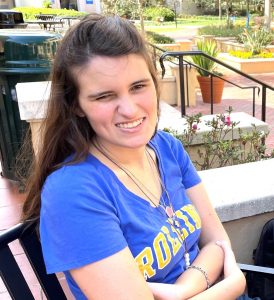
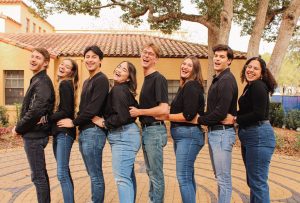
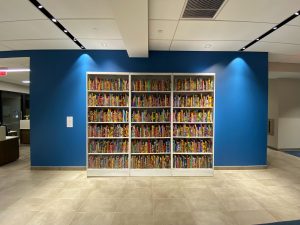
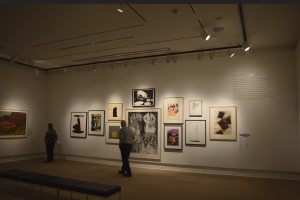
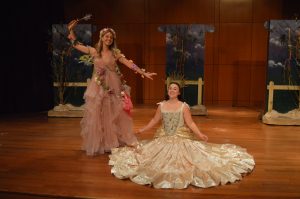

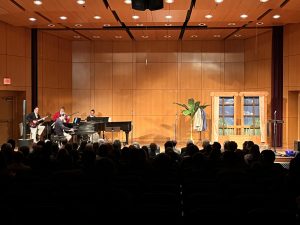

Be First to Comment